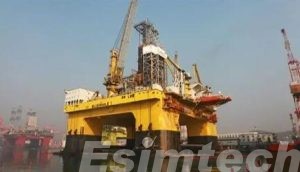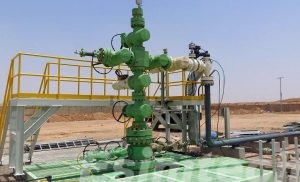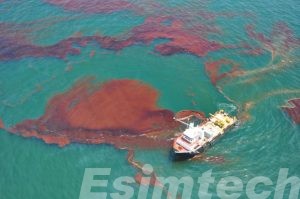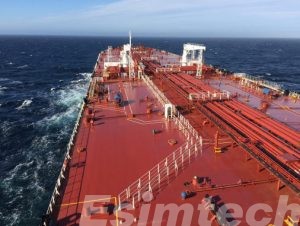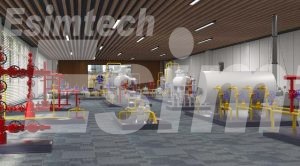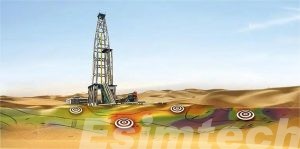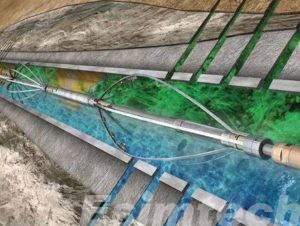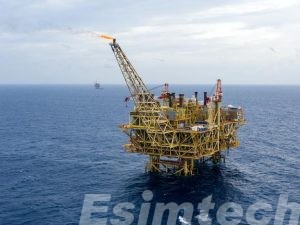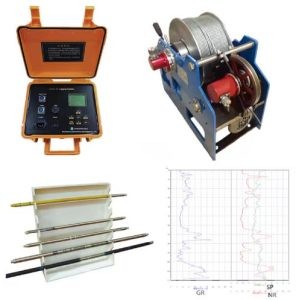Top 5 Technologies Powering Ultra Deepwater Drilling
Ultra deepwater drilling is today the most challenging and exciting area of the oil and gas industry. At often more than 1,500 meters (5,000 feet) deep, these projects push the boundaries…
What Is Well Integrity and Why It Matters in Modern Oilfield Operations
Whether a deeply rooted offshore field or an aged onshore reservoir, maintaining the structural integrity of a well is essential to prevent leaks, conserve the environment, and maintain steady production…
Effective Strategies for Oil Spill Response and Mitigation
One environmental hazard which is heavily associated with the extraction, transportation, and use of petroleum products is oil spills. The adverse impact of oil spills ranges from offshore and on…
How to Ensure Safety in Oil Tanker Transportation
The oil tanker is a key component of the oil and gas transportation, shipping hundreds and thousands of barrels of crude oil and oil derivatives over oceans and seas. Even though…
Digital Transformation in Oil Well Construction Process
Changes to how oil and gas companies drill and manage oil wells are the outcome of advancements in technology. New drilling practices, which are efficient, safer, and environmentally friendly, change…
Top Factors Affecting Drilling and Completion Costs in 2025
By 2025, the global oil and gas industry will continue to face mounting pressure to marry operational efficiency, sustainability, and cost control. As exploration moves into progressively tougher geological horizons…
Cost-effective Strategies for Well Intervention
The oil and gas industry operators are under constant pressure to maximize production while minimizing operating expenses. As fields that are mature, getting older, production decreases, well intervention is crucial to restore…
How Gas Production Operation Simulators Improve Operator Training and Safety
In today’s energy industry, gas production operations demand not only technical excellence but also highly skilled operators who can manage complex systems safely and efficiently. As a manufacturer of advanced…
How to Monitor Well Integrity Effectively
The safe and efficient operations of the oil and gas industries hinge on well integrity. The wells’ structural soundness affects operational efficiency, environmental protection, and compliance with regulations. With production…
Fundamentals of Cased Hole Logging: Techniques, Tools, and Applications
Accurate well evaluation does not end once the casing is set in the oil and gas sector. Cased hole logging plays a crucial part in achieving well performance, reservoir response, and…
Key Strategies for Offshore Drilling in Harsh Environments
Offshore drilling has become an essential part of world energy production, and is an activity that has its challenges operating in the open sea. Difficulties in the open sea, dominated by…
How Digital Well Logging Works in Oil Drilling
The exploration of oil and gas in the modern world requires the application of groundbreaking technology, one of which is digital well logging, as it significantly impacts the effectiveness and safety of oil…

